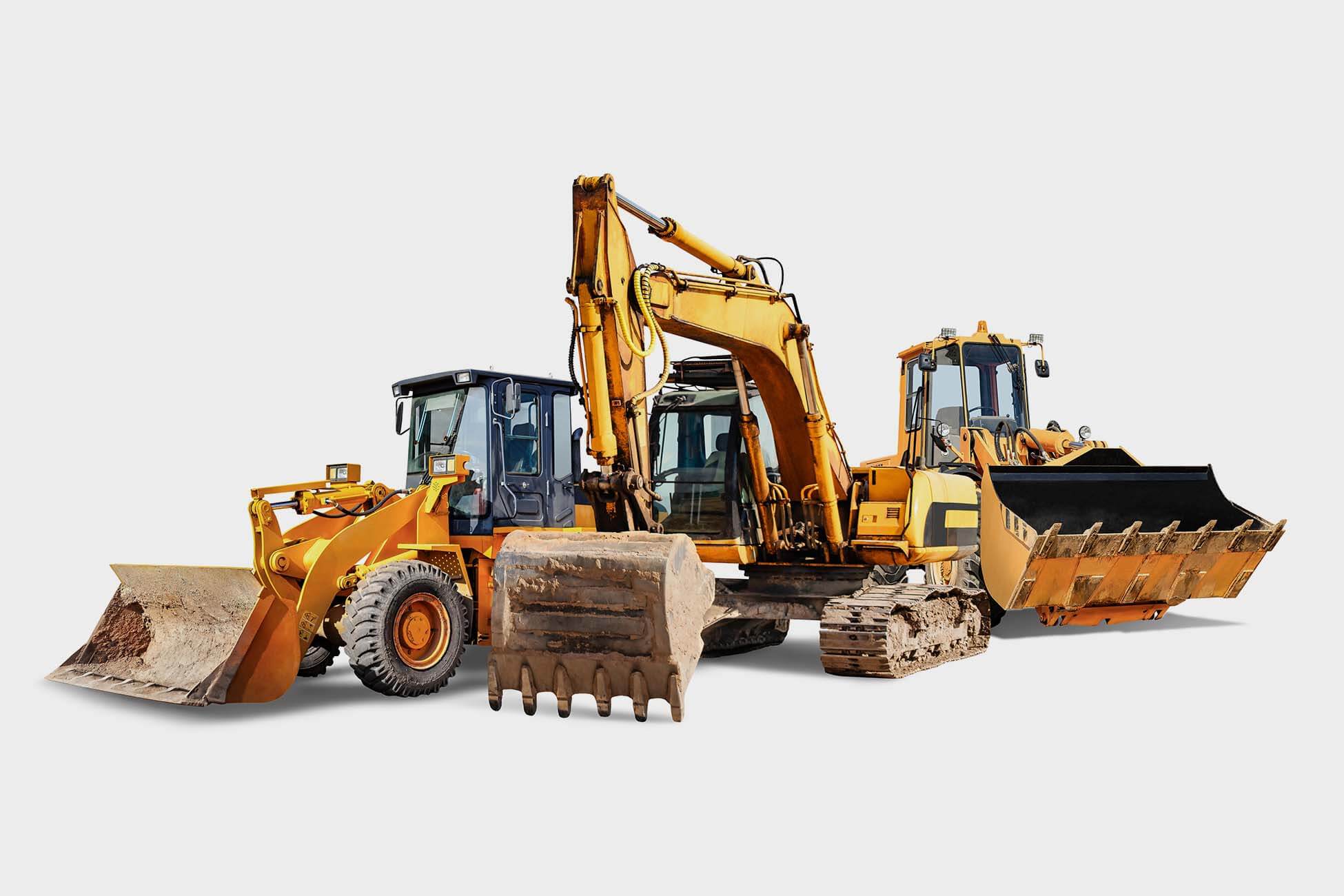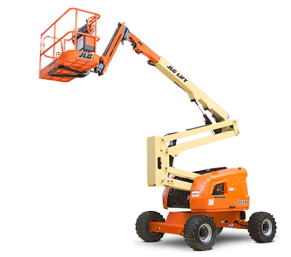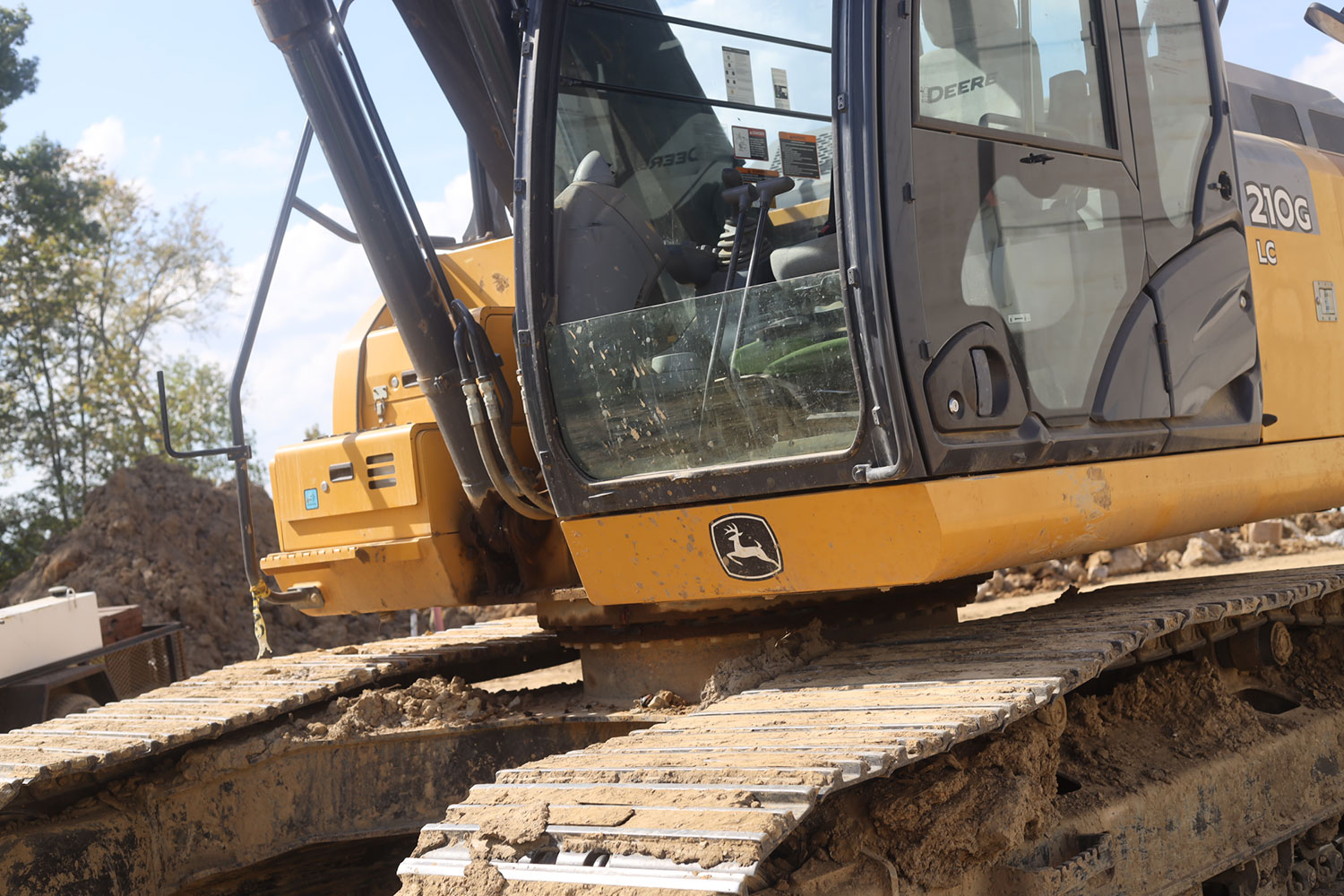Make best use of Effectiveness with Our Construction Equipment Rentals: From Boom Lift Rental to Mini Excavator Rental
Make best use of Effectiveness with Our Construction Equipment Rentals: From Boom Lift Rental to Mini Excavator Rental
Blog Article
Important Tips for Handling Hefty Devices Rental Arrangements and Logistics Properly
Properly taking care of hefty equipment rental agreements and logistics is vital for the success of any type of task that relies on these sources. A detailed understanding of rental terms, combined with specific evaluation of tools needs, lays the structure for positive settlements.
Understand Rental Terms
Recognizing rental terms is necessary for successful hefty devices monitoring. Experience with the particular regards to a rental agreement can considerably impact functional efficiency and cost-effectiveness. Trick elements commonly consist of rental period, settlement structure, and upkeep obligations. The rental period defines the duration for which the devices is leased, influencing budgeting and job timelines. Settlement frameworks frequently differ, incorporating daily, weekly, or month-to-month rates, which demand accurate estimations to stay clear of unforeseen expenditures.
Moreover, it is vital to comprehend the upkeep responsibilities described in the agreement. Generally, rental companies keep the tools, but comprehending who is accountable for routine checks and repair services is vital to prevent functional disruptions. In addition, terms may include stipulations concerning liability for damages or theft, which can have major financial implications if not correctly understood.

Assess Tools Needs
Assessing equipment demands is an important step for any task manager intending to optimize resource appropriation and improve operational efficiency. This process entails a comprehensive evaluation of the project demands, consisting of certain jobs, timelines, and the kind of equipment required to attain wanted end results.
Begin by recognizing the range of the job and the tasks that will be done. Consider factors such as the terrain, the scale of procedures, and any type of prospective difficulties that might affect tools choice. Involving with group members who will operate the machinery can give important understandings right into functional requirements and choices.

Following, assess the capacity and abilities of readily available equipment options. It is vital to match the appropriate equipment to the jobs handy, ensuring that it can deal with the expected work without compromising safety and security or efficiency.
Furthermore, consider the rental period and regularity of use. Recognizing these components can help establish whether leasing or purchasing is the most cost-efficient solution. By conducting a comprehensive evaluation of tools demands, job supervisors can make enlightened decisions that result in improved productivity and minimized operational prices.
Negotiate Effectively
As soon as the equipment requirements are plainly recognized, the next action involves reliable arrangement with rental business to safeguard beneficial terms. Begin by investigating different rental companies to understand their rates structures, inventory availability, and reputation.
When approaching the settlement table, be clear about your demands, including the kind of equipment, rental duration, Learn More and any kind of additional services you may need. This openness makes it possible for rental companies to supply customized remedies that can meet your particular demands (scissor lift rental). Don't hesitate to request discount rates, particularly for long-lasting services or mass orders, as lots of companies want to use giving ins to protect larger agreements
These variables can dramatically impact the total expense and needs to be explicitly laid out in the rental agreement. Ensure that all agreed-upon terms are documented in writing to stop misunderstandings and shield your rate of interests throughout the rental duration.
Coordinate Transport Logistics
Working with transport logistics is a critical aspect of handling heavy tools rental arrangements. Effective transport makes certain that equipment is delivered on schedule and in optimum problem, thus minimizing downtime and enhancing job performance. To achieve this, it is essential to create a detailed logistics prepare that describes the whole transport procedure from pick-up to delivery.
Begin by examining the particular transport needs based upon the type and size of the devices involved - heavy equipment rental. Engage with trustworthy transport companies who specialize in hefty tools to ensure they have the needed know-how and devices, such as flatbed trucks or specialized trailers. Discuss variables such as weight limitations, path constraints, and needed permits to stay clear of unanticipated delays
In addition, preserve open communication with both the rental firm and the transportation supplier to collaborate routines properly. By thoroughly working with transportation logistics, you can copyright the stability of your rental agreement and facilitate smooth project implementation.
Strategy for Upkeep and Assistance

Additionally, it is critical to communicate straight with the rental provider relating to maintenance obligations. Some agreements might consist of maintenance as part of the rental service, while in other situations, the onus might find more information drop on the renter. Comprehending these terms will certainly help prevent unexpected prices and responsibilities.
On top of that, having access to technical assistance can be vital. Make certain that the rental company uses 24/7 support or an emergency situation call, permitting quick resolution of any tools concerns. Training your group on correct devices usage and regular checks can also dramatically improve operational effectiveness.
Verdict
In verdict, effective management of heavy equipment rental arrangements and logistics hinges on a thorough understanding of rental terms, Extra resources accurate evaluation of devices demands, and adept negotiation skills. Stressing clear communication with all stakeholders stays crucial in navigating the complexities of tools rental and logistics administration.
Efficiently managing heavy tools rental agreements and logistics is crucial for the success of any kind of job that counts on these resources. By completely evaluating and understanding these rental terms, companies can make enlightened choices, mitigate risks, and make certain that their heavy devices monitoring straightens with project objectives and economic restrictions.Collaborating transport logistics is a vital aspect of handling heavy equipment rental arrangements.In verdict, effective monitoring of heavy tools rental agreements and logistics hinges on a thorough understanding of rental terms, exact assessment of equipment demands, and skilled settlement skills. Emphasizing clear interaction with all stakeholders remains critical in navigating the complexities of tools service and logistics administration.
Report this page